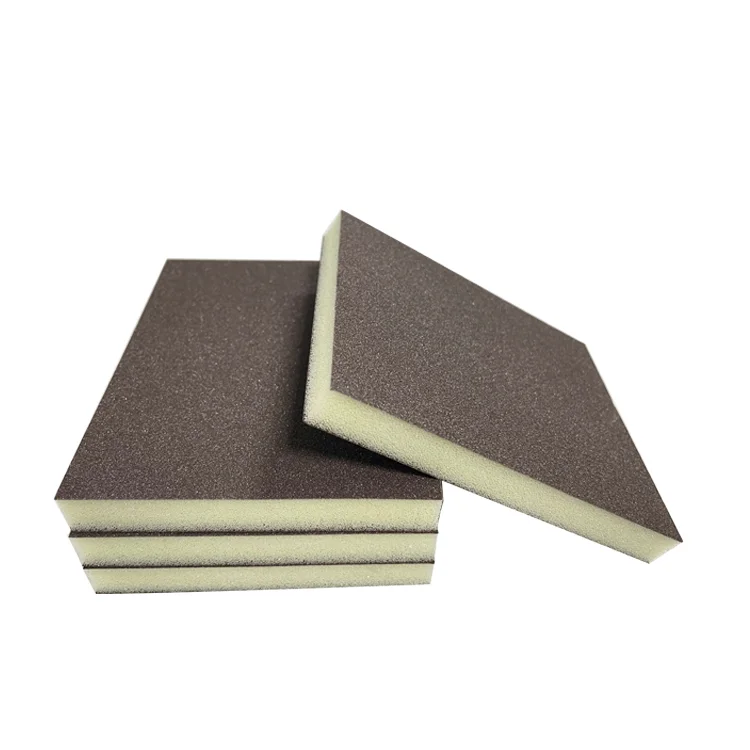In today's digital age, where screens dominate our lives, it is crucial to prioritize our eye health. With the majority of our time spent at home, selecting the right lighting becomes essential. In this blog post, we will explore the various types of lighting available and identify the best options for maintaining healthy eyesight.
- Understanding the Impact of Lighting on Eye Health:
Lighting plays a significant role in eye strain and fatigue. Improper lighting can lead to headaches, dry eyes, and even long-term vision problems. By choosing the right lighting, we can minimize these risks and create a visually comfortable environment. - Natural Light: The Ideal Choice:
Nothing compares to the benefits of natural light. It provides a balanced spectrum of colors and promotes a healthy sleep-wake cycle. Positioning workstations near windows and using sheer curtains to diffuse sunlight can optimize natural light while reducing glare. - LED Lighting: A Modern Solution:
LED (Light Emitting Diode) lighting has gained popularity due to its energy efficiency and versatility. When selecting LED bulbs, opt for those with a high Color Rendering Index (CRI) to ensure accurate color representation. Additionally, choose bulbs with a color temperature between 2700K and 3000K to mimic the warm, soothing tones of natural light. - Task Lighting: Focusing on Efficiency:
Task lighting is essential for specific activities such as reading, writing, or working on a computer. Adjustable desk lamps or under-cabinet LED lights can provide targeted illumination, reducing eye strain by minimizing shadows and glare. - Avoiding Harsh Glare: Dimmers and Diffusers:
Harsh glare can cause discomfort and eye fatigue. Installing dimmer switches allows you to adjust the brightness according to your needs. Additionally, using diffusers or frosted bulbs can soften the light and distribute it evenly, reducing glare and creating a more eye-friendly atmosphere. - Blue Light Considerations:
With the proliferation of electronic devices, exposure to blue light has become a concern. Blue light filters or specialized bulbs with reduced blue light emission can help mitigate its potential harmful effects. Consider using these options in areas where you frequently use screens, such as home offices or entertainment spaces. - Regular Eye Care and Breaks:
While selecting the right lighting is crucial, it is equally important to prioritize regular eye care and take frequent breaks. Remember to blink often, adjust screen brightness and contrast, and follow the 20-20-20 rule: every 20 minutes, look at an object 20 feet away for 20 seconds.
Conclusion:
Creating an eye-friendly environment at home involves a combination of natural light, LED lighting, task lighting, glare reduction, and blue light considerations. By implementing these strategies and prioritizing regular eye care, you can safeguard your vision and promote overall eye health. Illuminate your home wisely, and your eyes will thank you.




